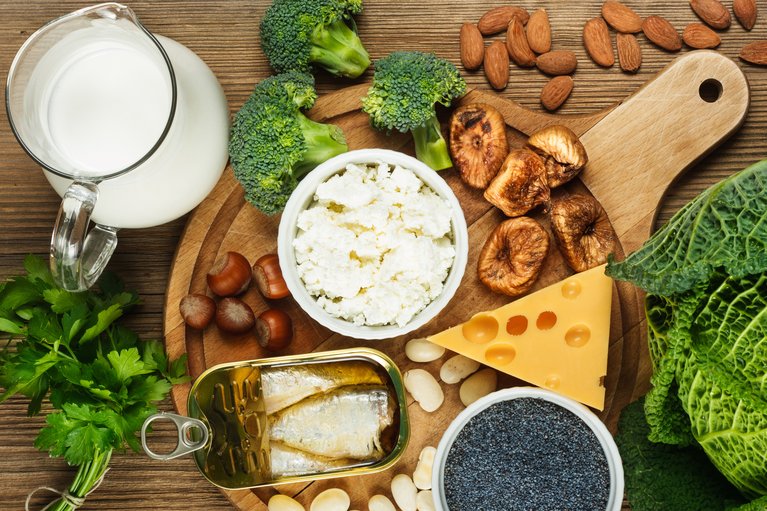- Get link
- X
- Other Apps
JUST IN
- Get link
- X
- Other Apps
What is bone cancer?
Bone cancer can grow in any of the 200 bones in your body, although it’s more common in the large bones in your arms or legs. It can affect both adults and children.
Bone cancer can be either primary or secondary. Each one is treated differently.
Primary bone cancer is a rare cancer, affecting about 250 Australians a year. It begins in the bones. The cancer cells can grow on the surface of the bone, in its outer layer or in the centre. It gradually destroys the healthy bone and it can spread to other parts of the body. Primary bone cancer is sometimes called osteosarcoma or bone sarcoma.READ MORE .

A healthy balanced diet will help you build healthy bones from an early age and maintain them throughout your life.
You need sufficient calcium to keep your bones healthy and vitamin D to help your body absorb calcium.
Poor bone health can cause conditions such as rickets and osteoporosis and increase the risk of breaking a bone from a fall later in life.
You should be able to get all the nutrients you need for healthy bones by eating a balanced diet.
A good diet is only one of the building blocks for healthy bones, which also includes exercise and avoiding certain risk factors for osteoporosis.
Calcium
Adults need 700mg of calcium a day. You should be able to get all the calcium you need by eating a varied and balanced diet.
Good sources of calcium include: milk cheese and other dairy foods, green leafy vegetables, such as broccoli, cabbage and okra, but not spinach soya beans, tofu.
plant-based drinks (such as soya drink) with added calcium nuts bread and anything made with fortified flour fish where you eat the bones, such as sardines and pilchards
Although spinach contains a lot of calcium, it also contains oxalate, which reduces calcium absorption, and it is therefore not a good source of calcium.
Vitamin D
Adults need 10 micrograms (400 International Units or IU) of vitamin D a day.
It's difficult to get all the vitamin D we need from our diet and we get most of our vitamin D from the action of the sun on our skin.
From late March/April to the end of September, you can make vitamin D from sunlight by having short daily periods of sun exposure without sunscreen. However, everyone should consider taking a daily vitamin D supplement during the autumn and winter when we cannot make vitamin D from sunlight.


Comments
Post a Comment
Let know your comments